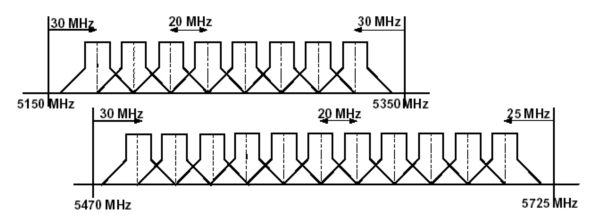Er is een nieuwe Wandy 4100 controller 19" machine en een Wandy 2011c SoHo router. Deze nieuwe Wandy's zijn ontwikkeld om, net als de 922 en 933 direct op glasvezel aan te kunnen sluiten! Kijk onder het menu producten hierboven naar deze mooie vernieuwing in onze portfolio.
De nieuwe 9xx serie is er! Kijk onder het menu Producten naar deze nieuwe Wandy's.
Onze vestiging in Utrecht is verhuisd naar Strijkviertel 25 in Utrecht / De Meern
Wandy komt met een nieuw type indoor AP voor plafond montage: de Wandy Dome. Zie hier de product sheet van onze nieuwe telg: Wandy M251d
Wandy kan u helpen met uw (glasvezel) internet aansluiting. Uw provider levert u een ultra snelle glasvezel verbinding, maar met het aansluiten in uw (bedrijfs) netwerk helpen zij niet. Wandy kan u daarbij helpen! Wij adviseren graag in de keuze van provider en technische oplossing, zodat u maximaal renement kunt halen uit uw snelle Internet verbinding. Bel ons voor een passende SLA, zodat u niet in de kou staat.
Wandy bouwt ook netwerken voor Voice over IP (VoIP) toepassingen! Veel bedrijven schakelen over op VoIP en lopen daarmee tegen complexe problemen aan. Wandy kan u daarbij helpen. Wij hebben veel ervaring met virtuele netwerken en QoS/bandbreedte management. Bel ons voor veder advies of hulp.
Reggefiber past een nieuw Wandy networking concept toe, om wifi internet access te kunnen bieden in winkelstraten van verschillende steden. Bericht Telecompaper.
Ziggo kiest voor Wandy voor de 5 mei viering in Zwolle. Ziggo sponsort wifi voor de bezoekers van de Zwolse binnenstad.
RCN vakantieparken heeft gekozen voor Wandy om alle RCN-parken in Nederland en Frankrijk van draadloos internet te voorzien.
Defensie en Veiligheidsregio Gelderland ontwikkelen samen met Wandy een nieuwe draadloze oplossing voor op voertuigen. Wij noemen dit nieuwe device de Bridget.
Het Nederlands Scheepvaartmuseum kiest voor Wandy om haar bezoekers een multimedia ervaring te kunnen laten beleven.
Ook voor industri�le oplossingen is Wandy de beste keuze. Kaasfabriek Rouveen heeft al haar heftrucks uitgevoerd met een Wandy client die nooit zijn verbinding verliest! (Interesse? Bel ons.)
In samenwerking met Unica bouwt Wandy het netwerk voor de Floriade in Venlo.
Freshpark Venlo wordt beveiligd door Unica en Wandy.
Voor Ahoy Rotterdam verzorgt Wandy het nieuwe toegangsnetwerk voor publiek en exposanten.
Heeft u vragen? Bel ons!
Klik hier voor onze contactgegevens






